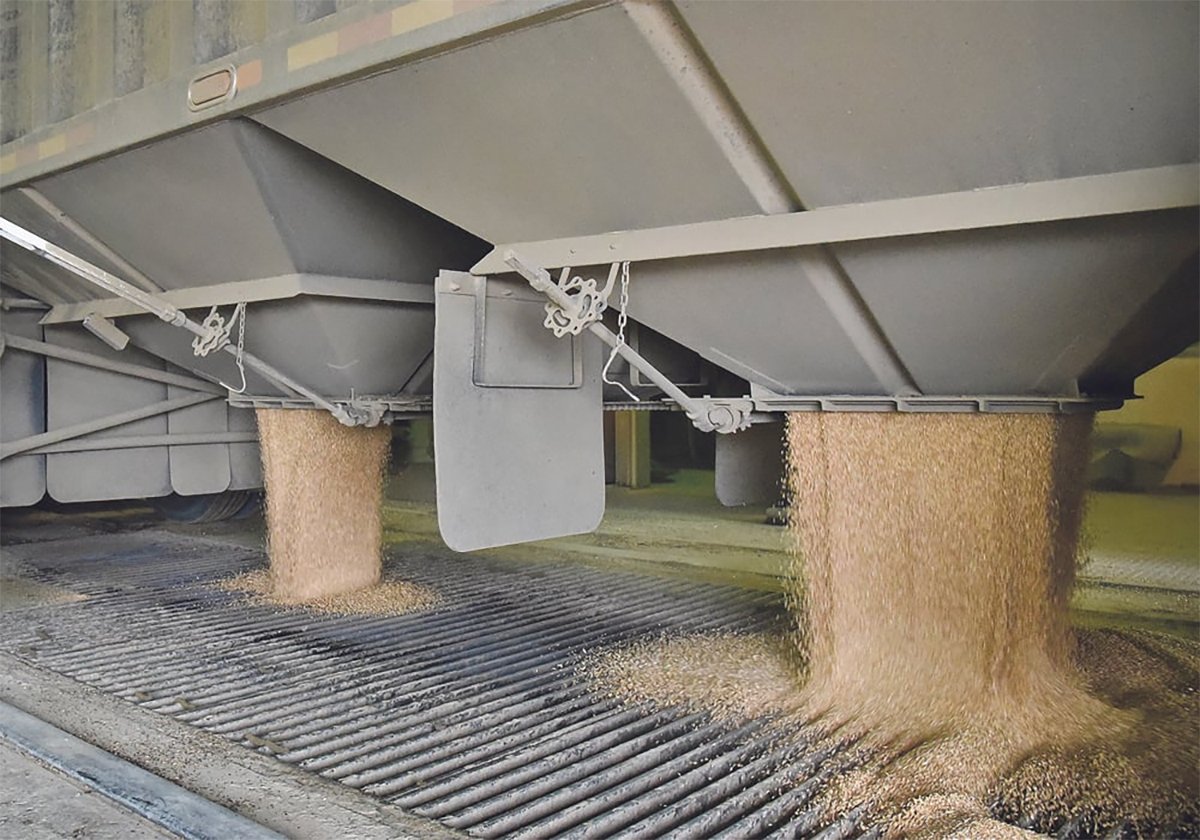So here are three ways to look at the market this morning:
1) A – Corn’s up today because of worries about future world crop prospects and because of continuing export sales, and anticipation of sales of the world’s corn crops to China. B – Soybeans are up because worries have eased today about China buying less. C – Wheat is up today because of strong export sales and concerns about crops in other areas.
2) Ag markets are rebounding in a response to oversold conditions, and a couple of moving average lines being held.
Read Also

Worrisome drop in grain prices
Prices had been softening for most of the previous month, but heading into the Labour Day long weekend, the price drops were startling.
3) All the markets are locked at the hip, and the world decided to get bullish today, so ags are being walked along by the other legs.
Which one do you believe?
As I watched Bloomberg TV this morning, after a night of dealing with a very sick three year old, I saw evidence for all three of the positions above. Or at least I saw claims for all three.
But I’ve got to admit I find answer #3 most compelling, because I have been noticing just how closely all the markets seem to be moving together. (I’ve left interest rates, currencies and volatility out because they have more complex interactions than the equity, commodity and ag markets that I’m about to show you a chart for.)
Every day the equity markets surge up, commodities – including ags – tend to rise. Every day they fall substantially, the commodities seem to follow. This doesn’t happen every time, but often enough to be remarkable. Until about four years ago, commodities and equities lived in different worlds. And ags and other commodities lived in “separate but equal” conditions.
Now they move together alarmingly. Look at this chart:

The pink line is copper. The red line is canola. The blue line is the Dow Jones Industrial Average. The green line is the CRB commodities index.
Notice any similarities in their movements over the past two and a half months?
They all seem to turn up together, go down together, turn back up together. There are notable differences: canola’s been stronger in nominal terms. But the moves are similar.
So what the heck is going on? Are we re-living 2007-08?
Who knows? But forecasting future ag price movements based on crop-specific situations seems a perilous task right now, when the overall moves of prices seem more dependent upon outside markets than upon basic supply and demand issues. Crop-specific data can help us understand which crops will likely be strongest or weakest over the winter, but guessing whether that means they will move up or down over the winter is a trickier task than it used to be.
After all, we’re in a counterseasonal rally right now, at the time of year when crop prices tend to be lowest. Can we assume the “battle for acres” will move prices higher? Or will it just rearrange the price spreads between crops?
Heck if I know. But this multi-market cooperation means something . . .















